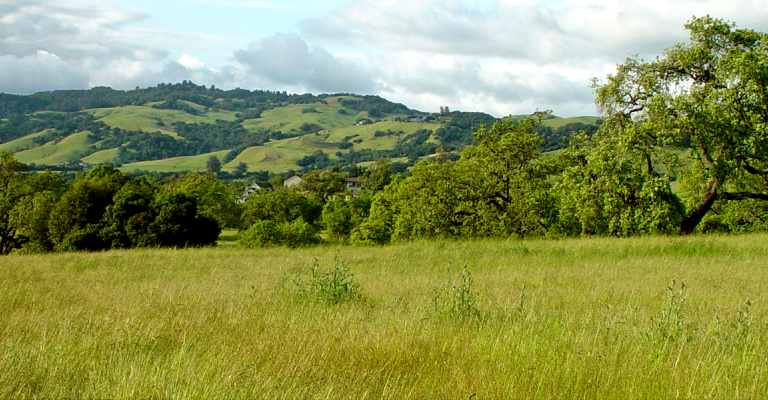Master of Science
Program Description
Students in the MS program in Cultural Heritage and Resources Management learn to identify, document, evaluate, and preserve cultural heritage and cultural resources, as mandated by policy and legislation, and guided by scientific and ethical standards. The program aims to produce graduates who excel in the methods and techniques appropriate for filling positions in CHRM, and who have the theoretical, legislative, analytical, and practical skills necessary for the identification, assessment, and evaluation of tangible and intangible cultural heritage, along with its interpretation and preservation for a diverse array of engaged communities. Students who successfully complete the program will be qualified to hold management and supervisory positions within all sectors of the heritage and cultural resources management (CRM) industries. Graduates meet the qualifications for professional certification in the United States, but are also well grounded in international heritage legislation and practice.
A comprehensive description of the CHRM MS program can be found in the SSU Catalog and the Graduate Handbook. You can also follow our program on Facebook.
Concentrations
The MS program has two concentrations: Natural Sciences and Technology, and Social Sciences and Interpretation. Prospective students must choose a concentration during the application process. Twenty-two of 30 required units are shared between the two concentrations via a shared core curriculum. They primarily diverge in the supporting course options: each concentration has its own unique list. While they can choose from the same internship/practica options, students are advised to select topics that fit within the scope of their respective concentration, to reinforce the competencies gained from supporting courses.
Visit the CHRM MS Concentrations page for more information.
Program Learning Outcomes
Cultural Heritage and Resources Management MS students should master 7 learning outcomes by the time they graduate:
- Knowledge of, and commitment to, the highest ethical standards of professional work.
- a. Natural Sciences and Technology concentration: The ability to collect, analyze, and interpret archaeological, historical, biological, geoarchaeological, geospatial, and/or architectural data, and to conduct statistical analysis, for regulatory and interpretive outcomes that serve state, federal, and private agencies, engaged communities, professional peers, and the general public.
b. Social Sciences and Interpretation concentration: The ability to collect, analyze, and interpret archaeological, historical, linguistic, ethnographic, policy, and/or architectural data for regulatory and interpretive outcomes that serve state, federal, and private agencies, engaged communities, professional peers, and the general public. - Mastery of the professional traditions of inquiry within anthropology and affiliated disciplines, enabling them to assess the integrity, associations, and significance of cultural heritage, and to make recommendations for preservation and interpretation.
- Familiarity with concepts and methods related to documenting and preserving archaeological and heritage collections, with an aim towards material analysis, educational and interpretive outcomes, and/or repatriation.
- The ability to design and ethically implement projects and programs related to cultural heritage and resources management within appropriate legislative, community, and economic contexts. These include interdisciplinary projects that crosscut multiple lines of inquiry and entail high levels of community engagement, including but not limited to facilitating Native American tribal consultation.
- Competence in the content and application of laws, regulations, and diverse values related to environmental protection, historic preservation, and management of cultural heritage and resources.
- An advanced ability to critically locate, understand, evaluate, and synthesize scholarly materials, and to communicate resulting interpretations orally and in writing in academic, professional, and public settings.


